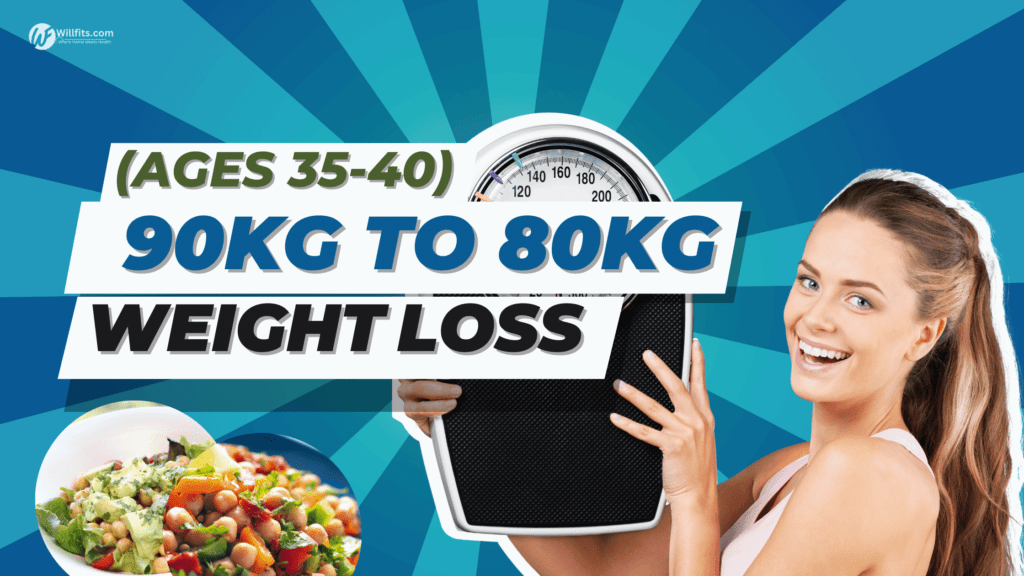After the COVID-19 pandemic, many fitness coaches were forced to take their business online. stay-at-home orders get all your requirements indoors only. The usual places where fitness coaches meet with clients — are closed for months.
As we (finally) come out of the pandemic, many people still opt for online fitness coaching. Clients find it convenient. They get to work out from the comfort of their home, save the time they’d spend getting to the fitness studio, and keep the money they’d spend on gym memberships.
Keep reading to find out how to build an online fitness coaching business. In this guide, we cover everything from building a strategy and designing and pricing your online training program to a successful launch.
HERE I AM GONNA SHARE WITH SOME IDEAS WHICH I HAVE FOLLOWED THROUGHOUT MY JOURNEY
An online fitness coach provides fitness instruction over the internet. This can take on many forms, from live training sessions for individuals or groups (using a video conferencing tool like Zoom, Google Meets, or FaceTime) to selling self-guided fitness programs online.
Technically, the job of a fitness coach is not regulated by the law. This means you don’t need a specific license, degree or certification to start an online fitness coaching business.
However, investing in formal education is crucial. First of all, you want to make sure that you have an impeccable understanding of the human body and don’t recommend any form of exercise that could result in injury.
So any one who loved to train people or working for good physique having great fitness industry knowledge they can easily build a online fitness services.
- Selling online fitness plans
make a plan like workout videos or diet plan that guides your audience through a workout (or a series of workouts — sky is the limit), you can keep selling it for as long as it stays relevant. - Social media sponsorships
If you have a large following on social media, you can make money by creating branded content — just like influencers in any other niche do.
- To get started, put together a pitch deck. It should include:
- Basic information about yourself and your fitness coaching business
- Your social media stats (number of followers, engagement rate, etc.)
- Information about your audience demographics
- eBooks
- YouTube
- Weight Loss
- Weight Gain
- Bodybuilding
- Muscle Building
- Yoga etc…
Before you roll up your sleeves and start putting together your online fitness course (we’re getting there, we promise!), you should figure out how you want to structure your coaching program as well as individual sessions. Planning an easy to replicate framework will save you a lot of time down the line.
Your potential online clients, on the other hand, might not even know you exist. Before you try to reach them with your online services, plan how you’re going to convey your personality, humor, uniqueness, etc. in your marketing materials and your training packages. This is what personal branding comes down to.
- A mission statement
- A unique selling proposition
- A logo
- A set of design guidelines for other assets
Finding the right price point for your virtual fitness package can be a stressful exercise, especially if you’re new to selling courses online.
- Research your competitors’ pricing to validate market demand
- Test different price points
- Price against alternative solutions (i.e. how much time and money would your clients spend achieving a similar outcome on their own)
- Factor in the value of all the resources your course includes (e.g. additional eBooks or diet plans)
- Promoting your course on your blog or YouTube channel
- Including a link to your course in your email signature
- Sending out a dedicated offer to your mailing list
- Hosting a live webinar or training session
- Speaking at relevant events, meetups and conferences
- Running social media and Google search ads
- Leaving flyers and posters at local fitness centers
- Word of mouth
- Through Form
- Through Website














